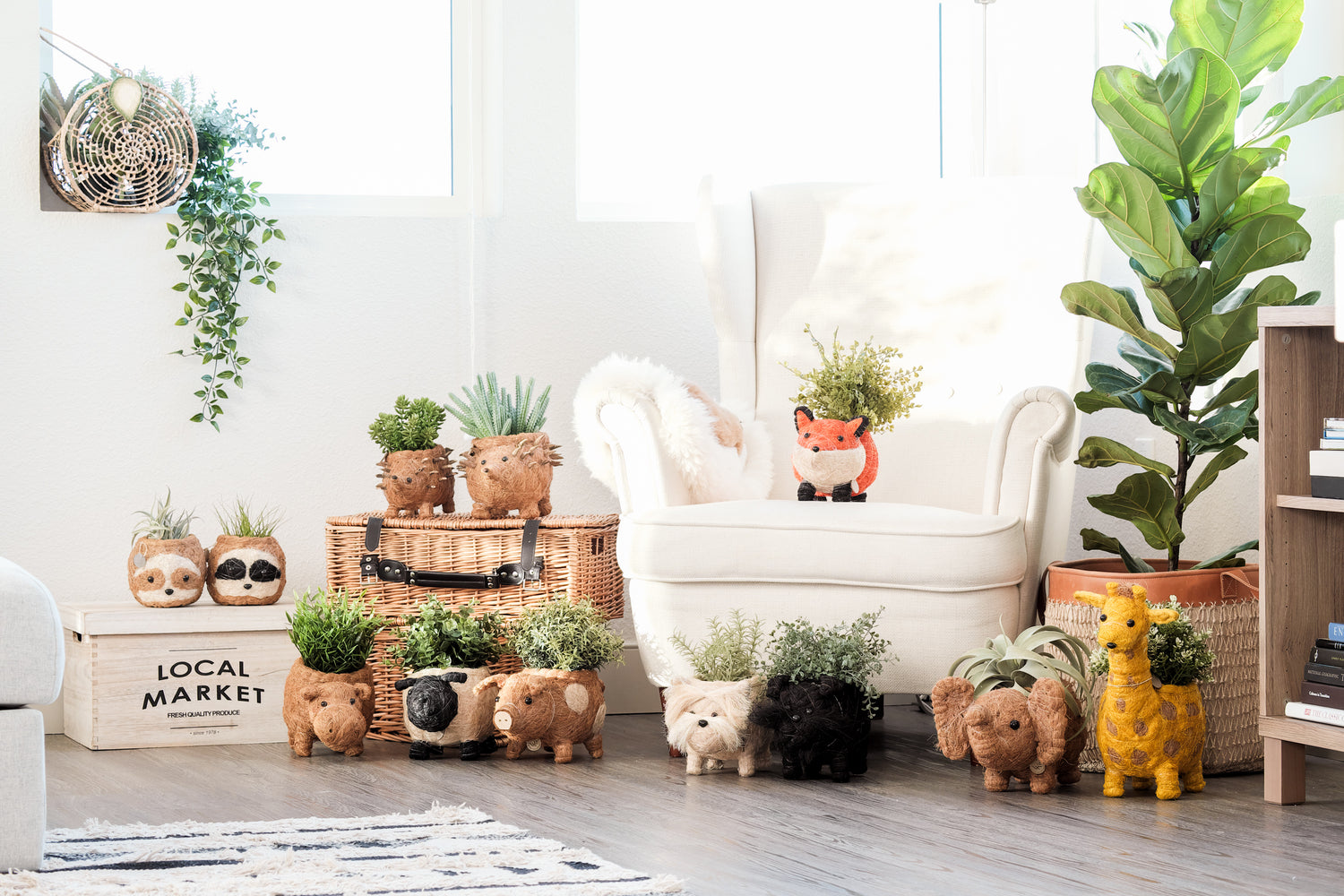Do you want to breathe a little more comfortably? Invest in indoor plants that help purify the air in your home.
The Air In There
If you think that staying indoors will keep you away from air pollution, think again.
Around four million people die prematurely from illnesses that can be attributed to indoor air pollution. According to the World Health Organization, household air pollution can cause non-communicable diseases. This includes chronic obstructive pulmonary disease, ischaemic heart disease, lung cancer, and stroke. Another culprit is the inhalation of particulate matter (soot).
There’s a wide range of air pollutants that may cause air quality problems inside your home. Here are some examples:
- Building materials. This includes pressed wood products. Examples are cabinetry or furniture, new carpet, flooring, and upholstery.
- Central heating and cooling systems
- Excess moisture
- Fuel-burning combustion appliances. Simple stoves using biomass, coal, and kerosene are examples.
- Humidification devices
- Outdoor sources such as outdoor air pollution, radon, and pesticides
- Products for household cleaning and maintenance, hobbies, and personal care
- Tobacco products
Cleaning, improper use of products, malfunctioning appliances, and poor ventilation also affect indoor air quality.
Indoor Plants For Indoor Comfort
With all these facts and figures floating about, you would want to steer clear of these harmful fumes.
To improve indoor air quality, remove individual source of pollution. This method is most effective way of enhancing air quality. Ensuring that gas stoves are correctly adjusted is one way. Do this to reduce its carbon monoxide emission.
Another way of reducing indoor air pollution is by improving ventilation. For instance, you can open doors and windows – weather permitting – when you are painting. Installing exhaust fans that suck air from inside your space can help clear the air. You can do this while you are cooking or engaging in hobby and maintenance activities.
Air cleaners can also be a good way of purifying the air inside your home. You can find a variety of air-cleaning devices in the market. However, some may deem it too expensive. Opting to care for houseplants has been a popular and cost-effective option.
The NASA Clean Air Study showed that some indoor plants can aid in air purification. The study suggests that certain common houseplants can naturally remove volatile organic pollutants. Among the harmful chemicals are benzene, formaldehyde, and trichloroethylene.
Certain indoor plants also absorb carbon dioxide and release oxygen through photosynthesis. This process helps clear the air indoors.Check out the list of air-purifying indoor plants we have collated for you below:
1. Aloe Vera
Place them in unique animal planters around the kitchen. Choose a sunny spot and water occasionally.
2. Areca Palm
3. Gerbera Daisy
Place them in an earth-friendly basket by your bedside table to enjoy a good night’s sleep.
4. Pothos

5. Snake Plant
Able to survive in the most demanding conditions, snake plants thrive even in low light. Just be careful not to overwater. It is best placed in bedrooms. You can cluster them together in handwoven floor baskets. It can also look good as a stand-alone piece.
Plants For Health
When you want to avoid air pollution or at least reduce the amount of it in your home, you can turn to indoor plants. Plants have several benefits that you can make use of. Placing them around the house could help make you breathe easier in more ways than one.



